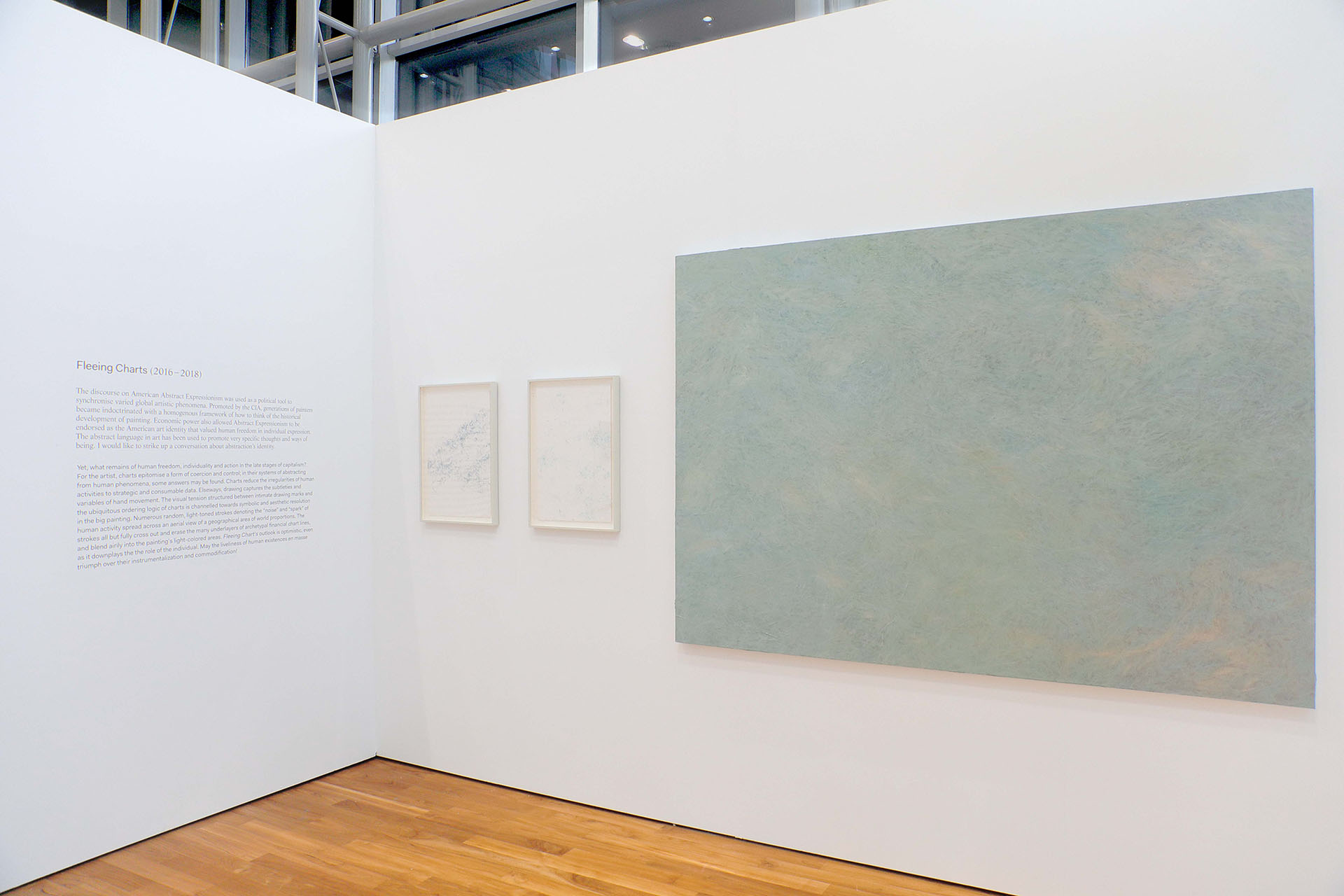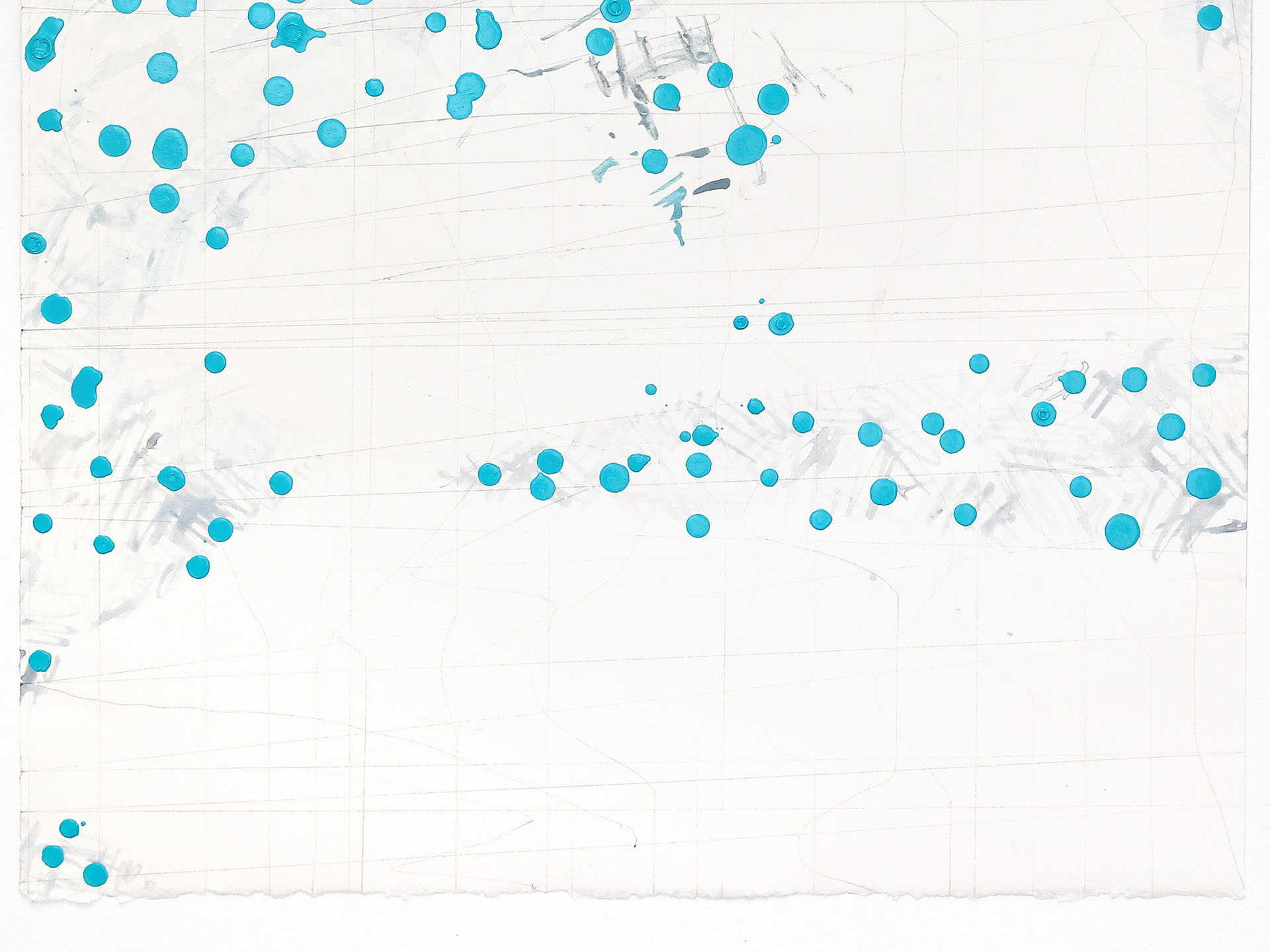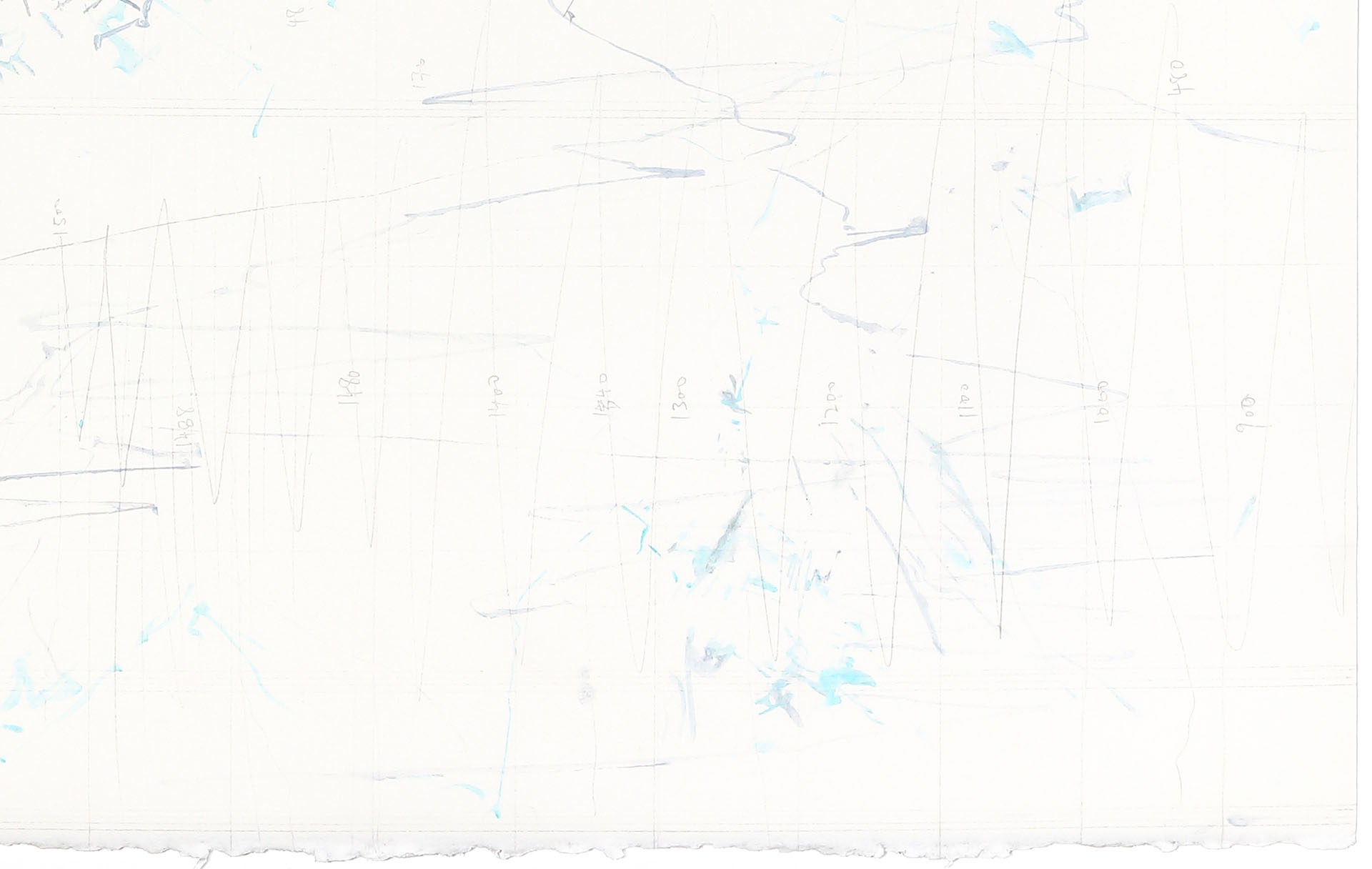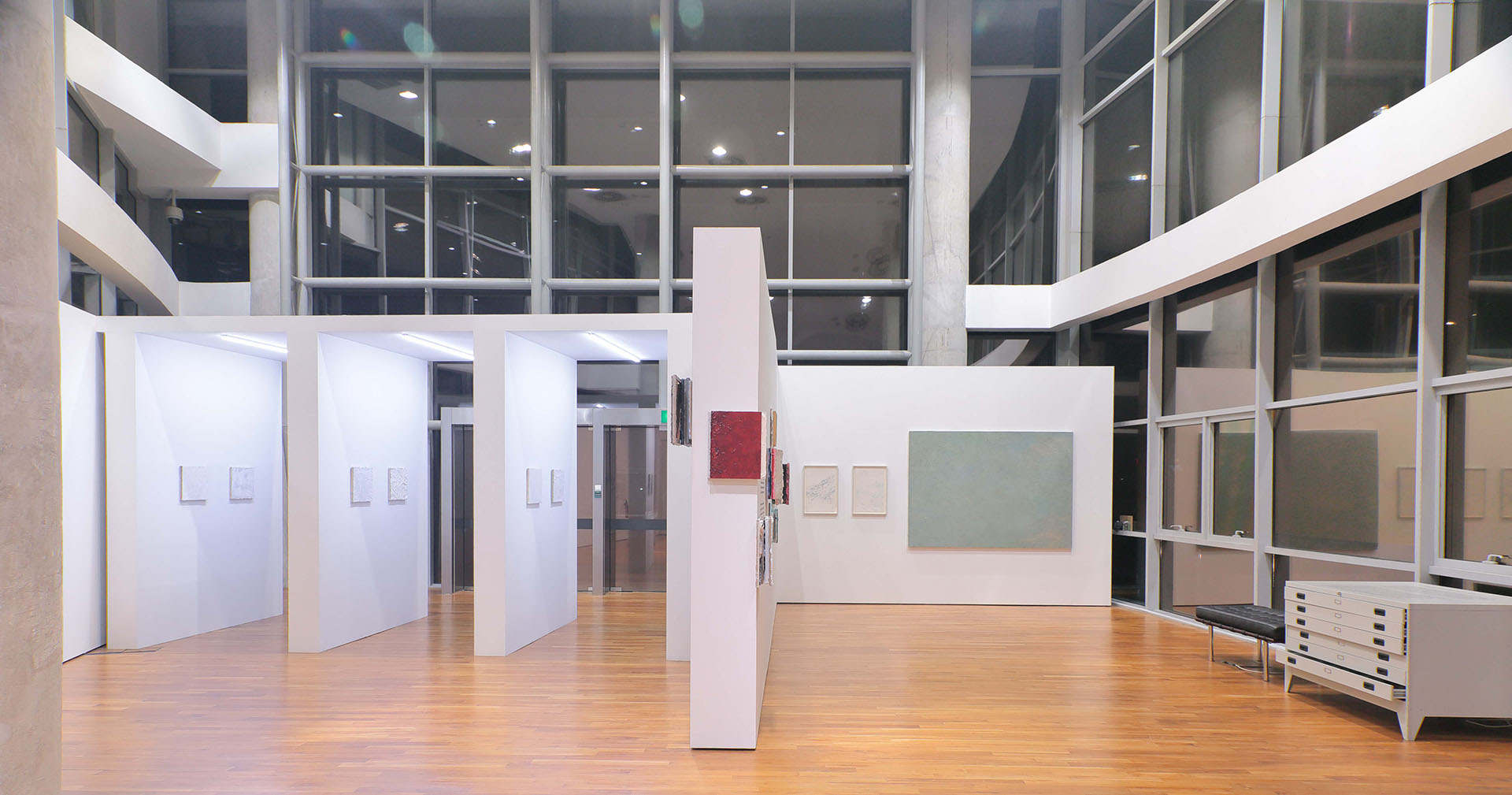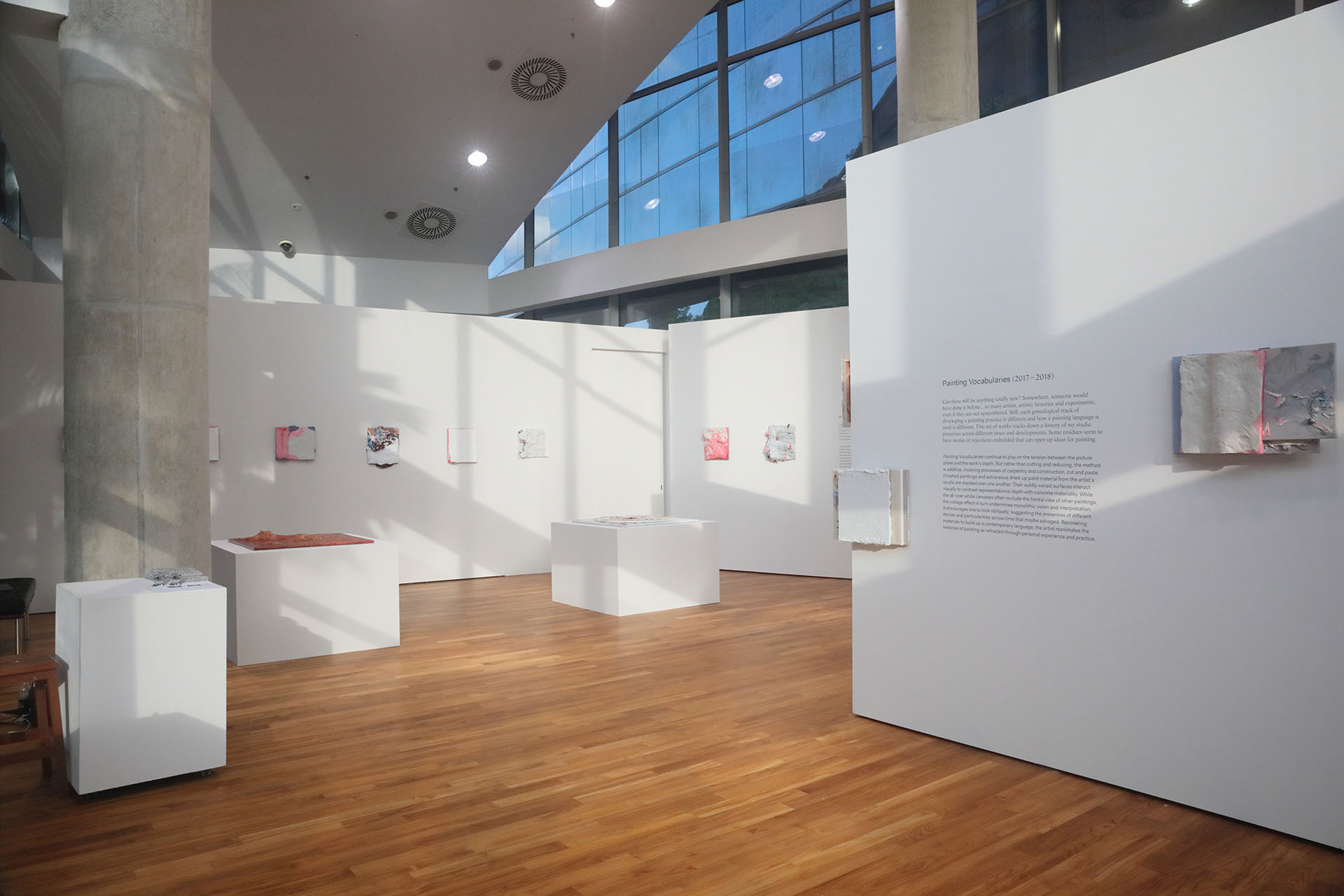Searching Operations: Bodies Of Painting by Ng Joon Kiat
Curated by Isabel Ching
Gallery Director: Michelle Ho
18 January — 6 April 2019 ADM Gallery 1. School of Art, Design and Media Nanyang Technological University
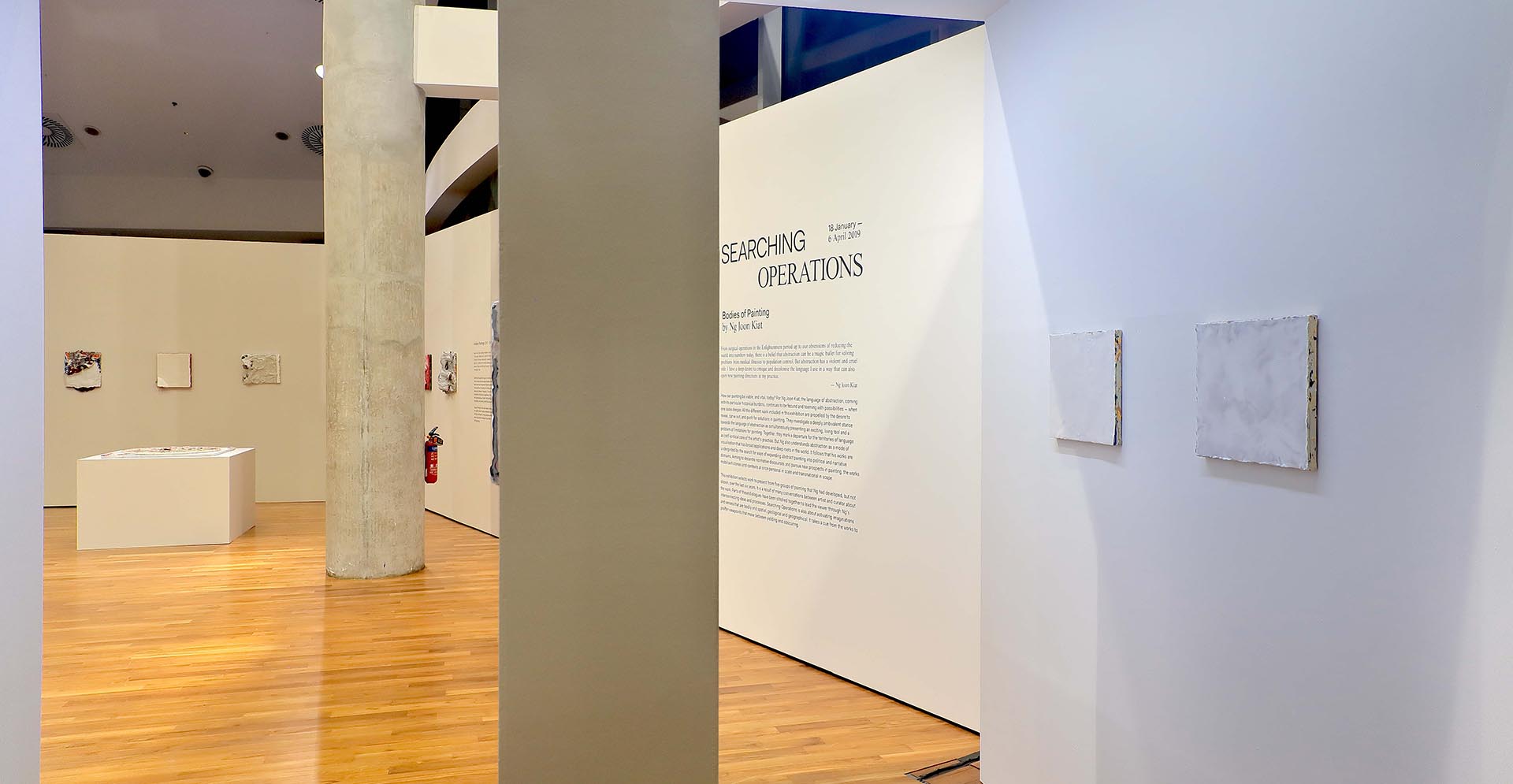
Cosmeticised Corpse Painting (2013 – 2015)
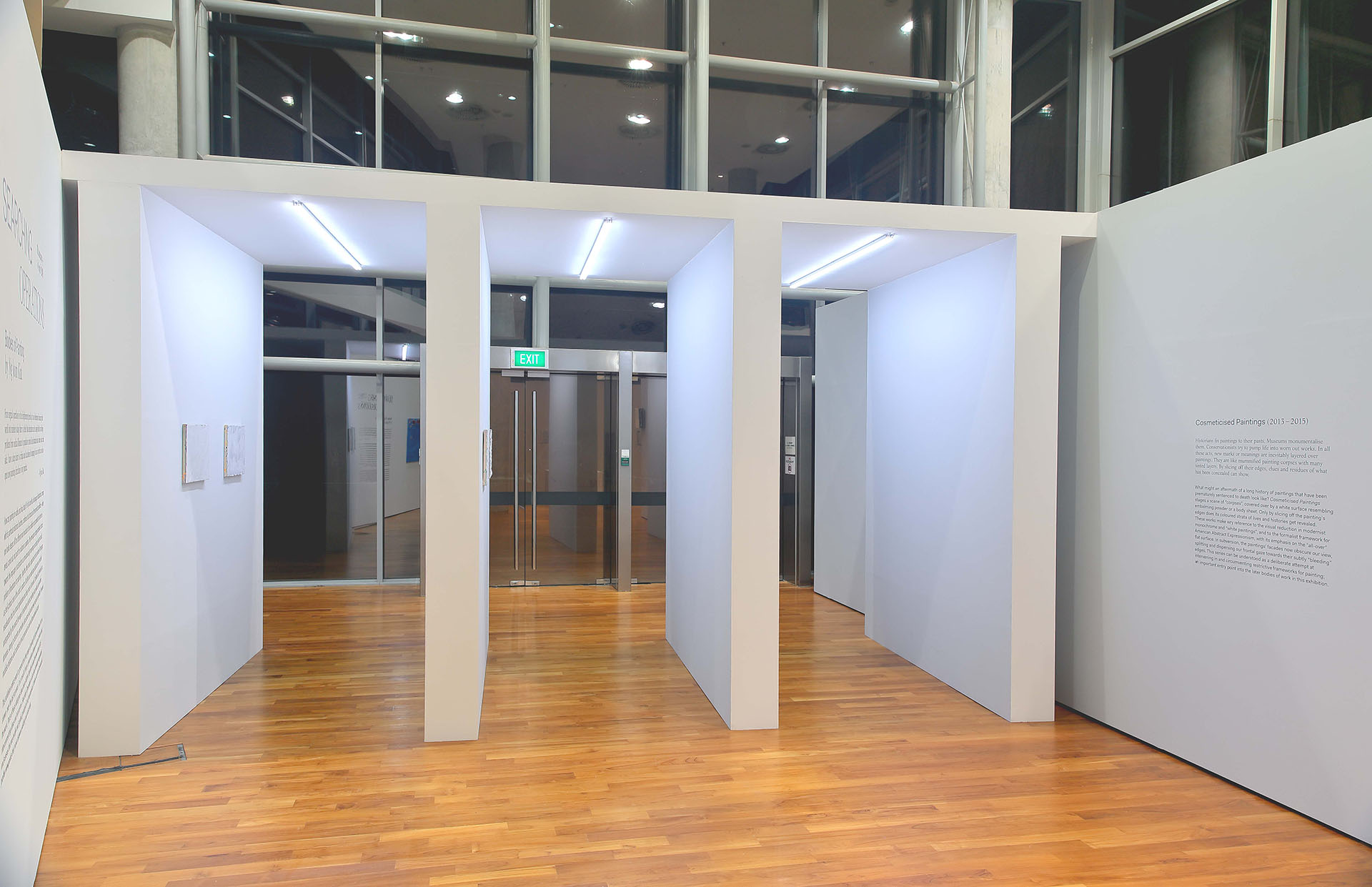
Autopsy Paintings (2017 – 2018)
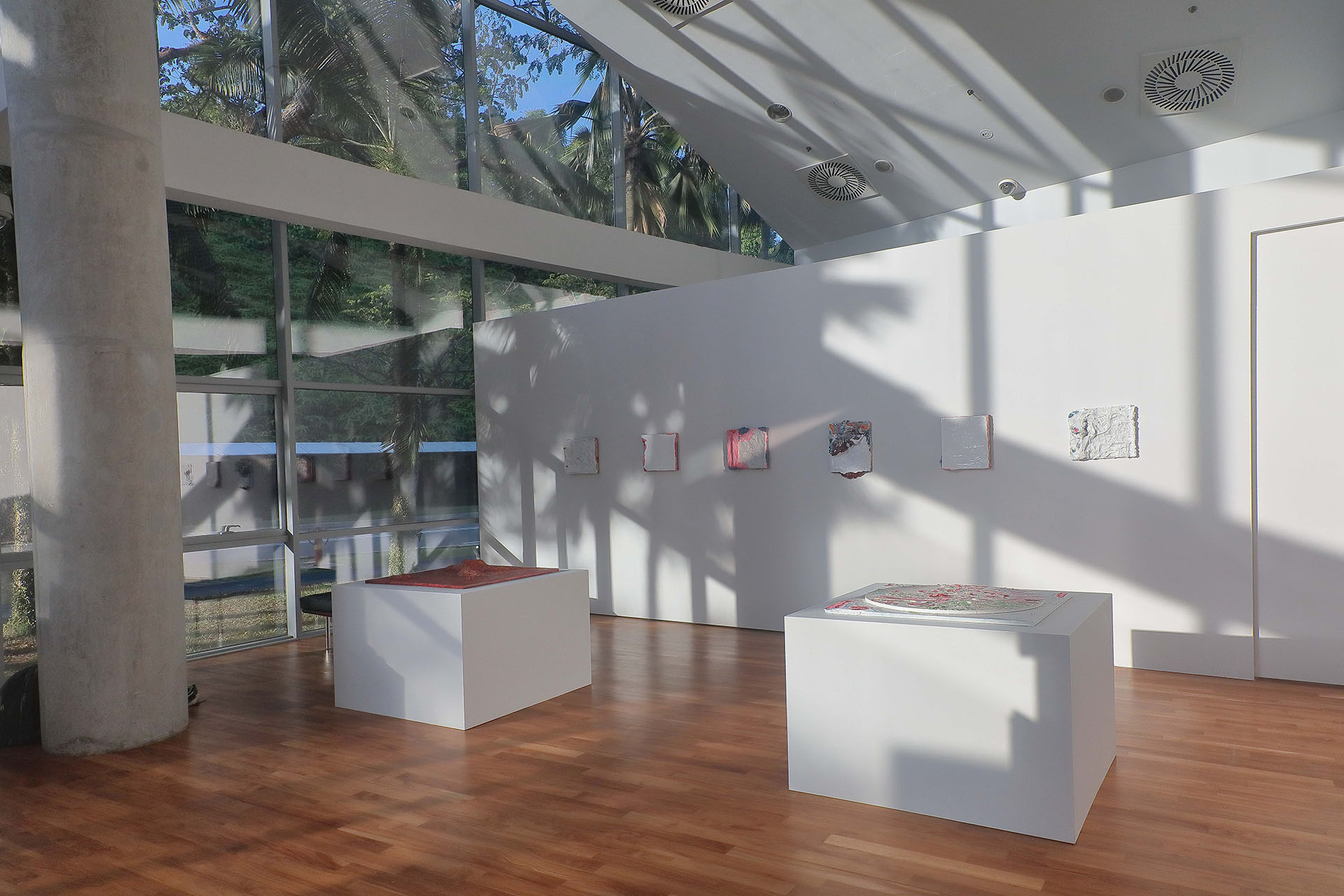
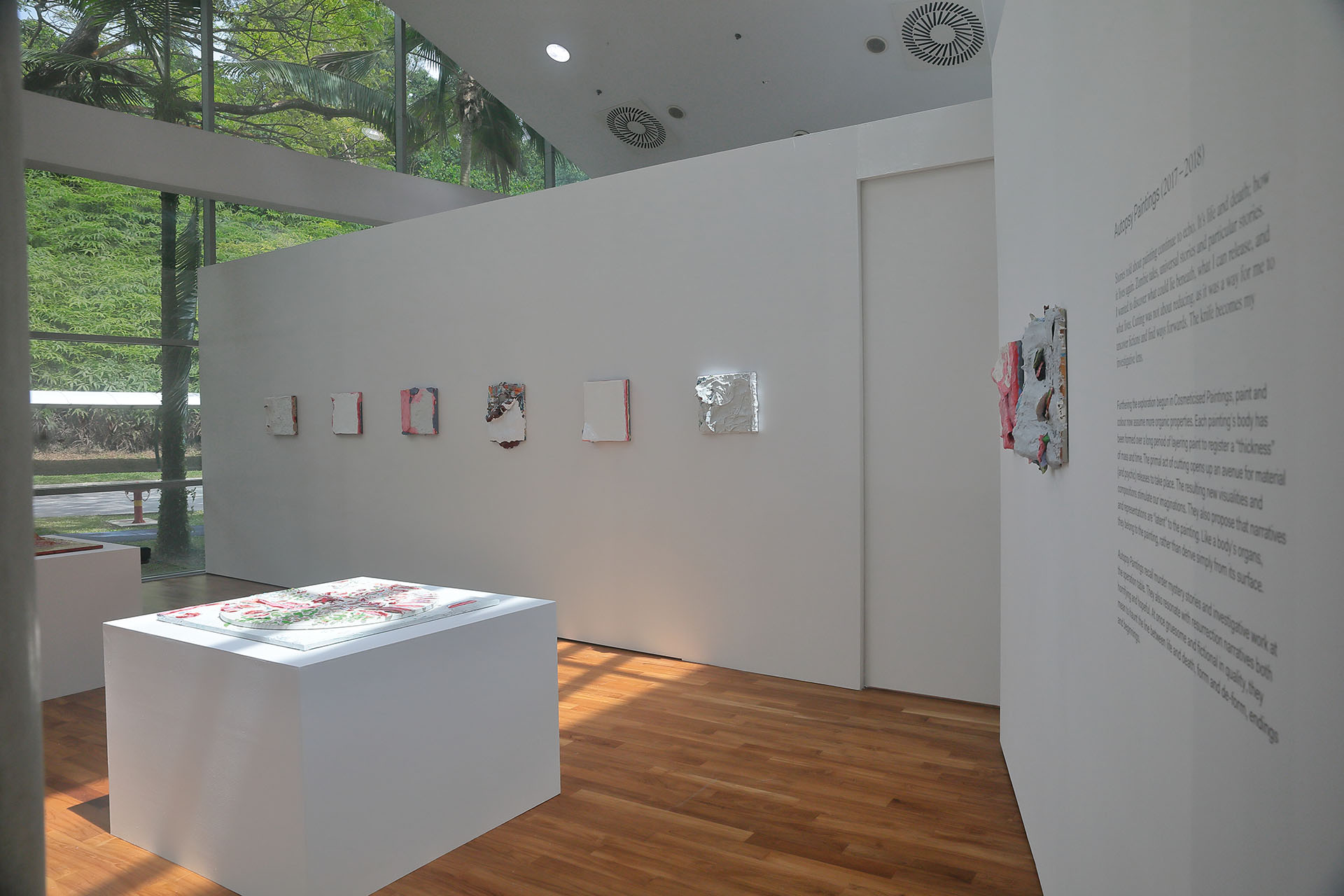
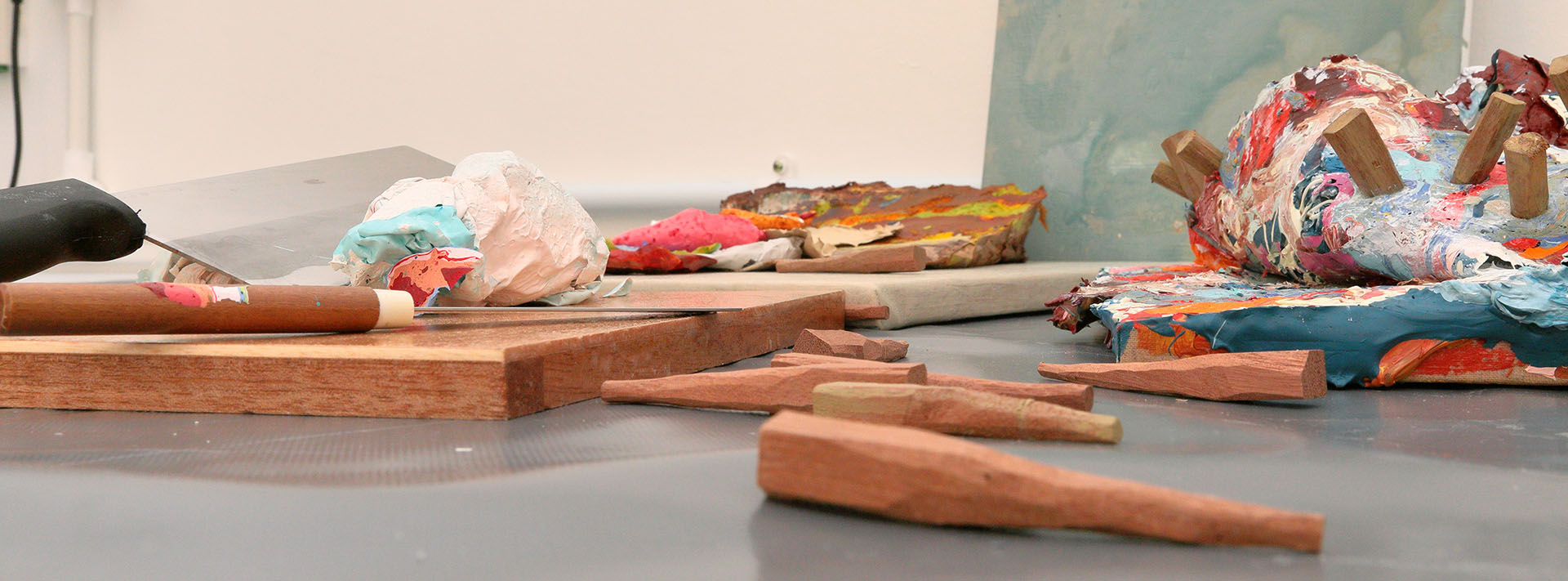
Furthering the exploration begun in Cosmeticised Paintings, paint and colour now assume more organic properties. Each painting’s body has been formed over a long period of layering paint to register a “thickness” of mass and time. The primal act of cutting opens up an avenue for material (and psychic) releases to take place. The resulting new visualities and compositions stimulate our imaginations. They also propose that narratives and representations are “latent” to the painting. Like a body’s organs, they belong to the painting, rather than derive simply from its surface.
Autopsy Paintings recall murder mystery stories and investigative work at the operation table. They also resonate with resurrection narratives both horrifying and hopeful. At once gruesome and fictional in quality, they mean to haunt the line between life and death, form and de-form, endings and beginnings.
Painting Vocabularies (2017 – 2018)
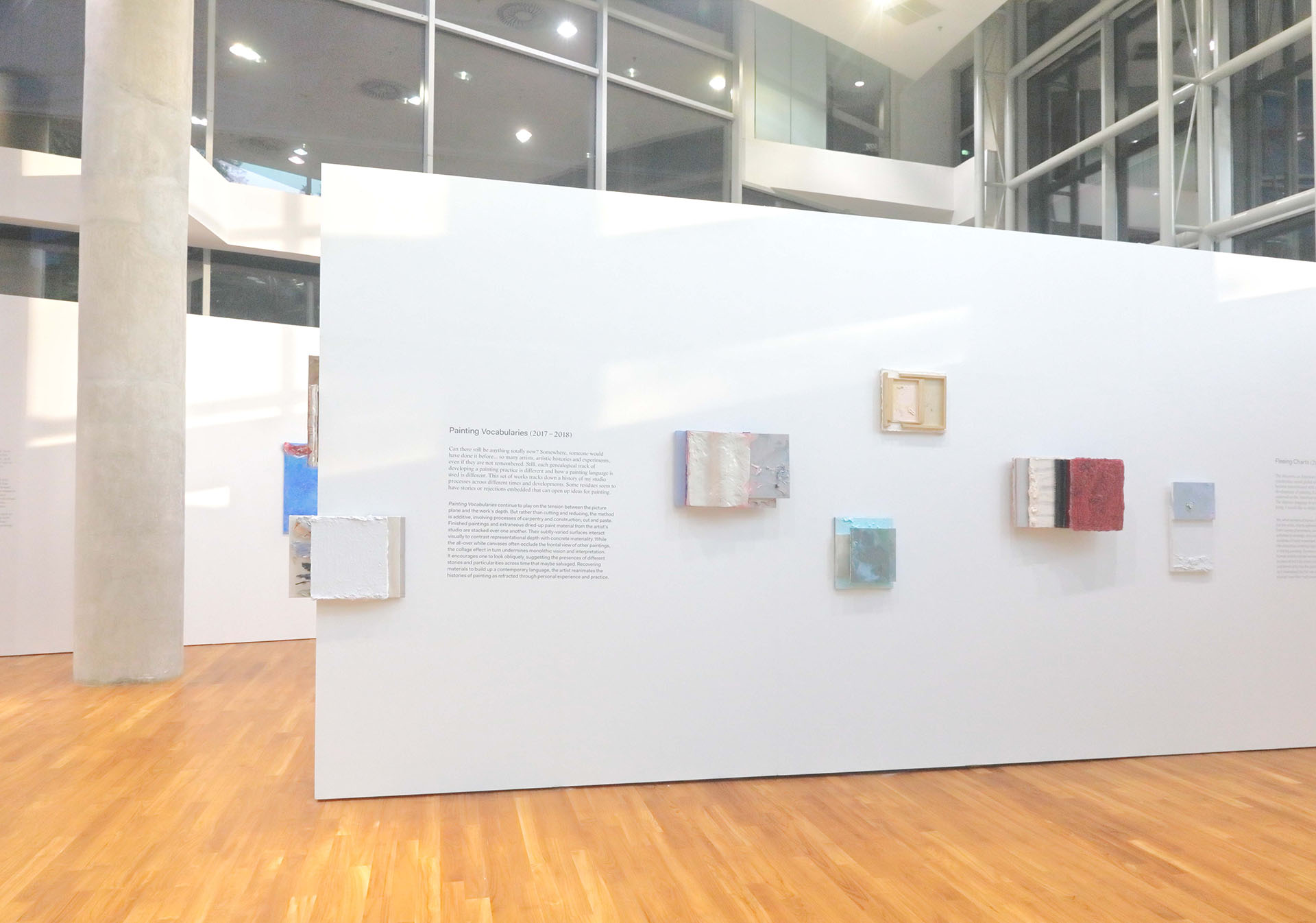
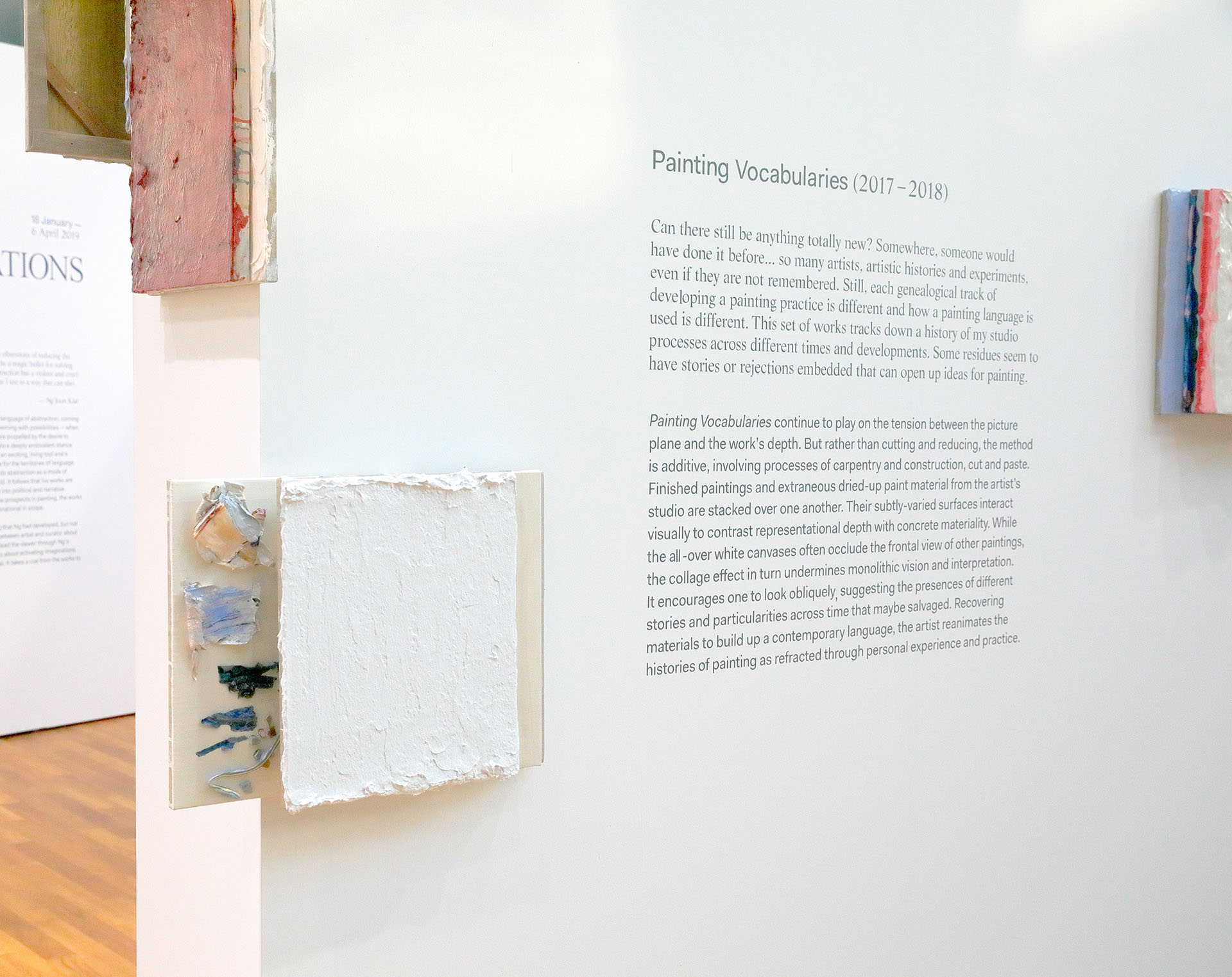
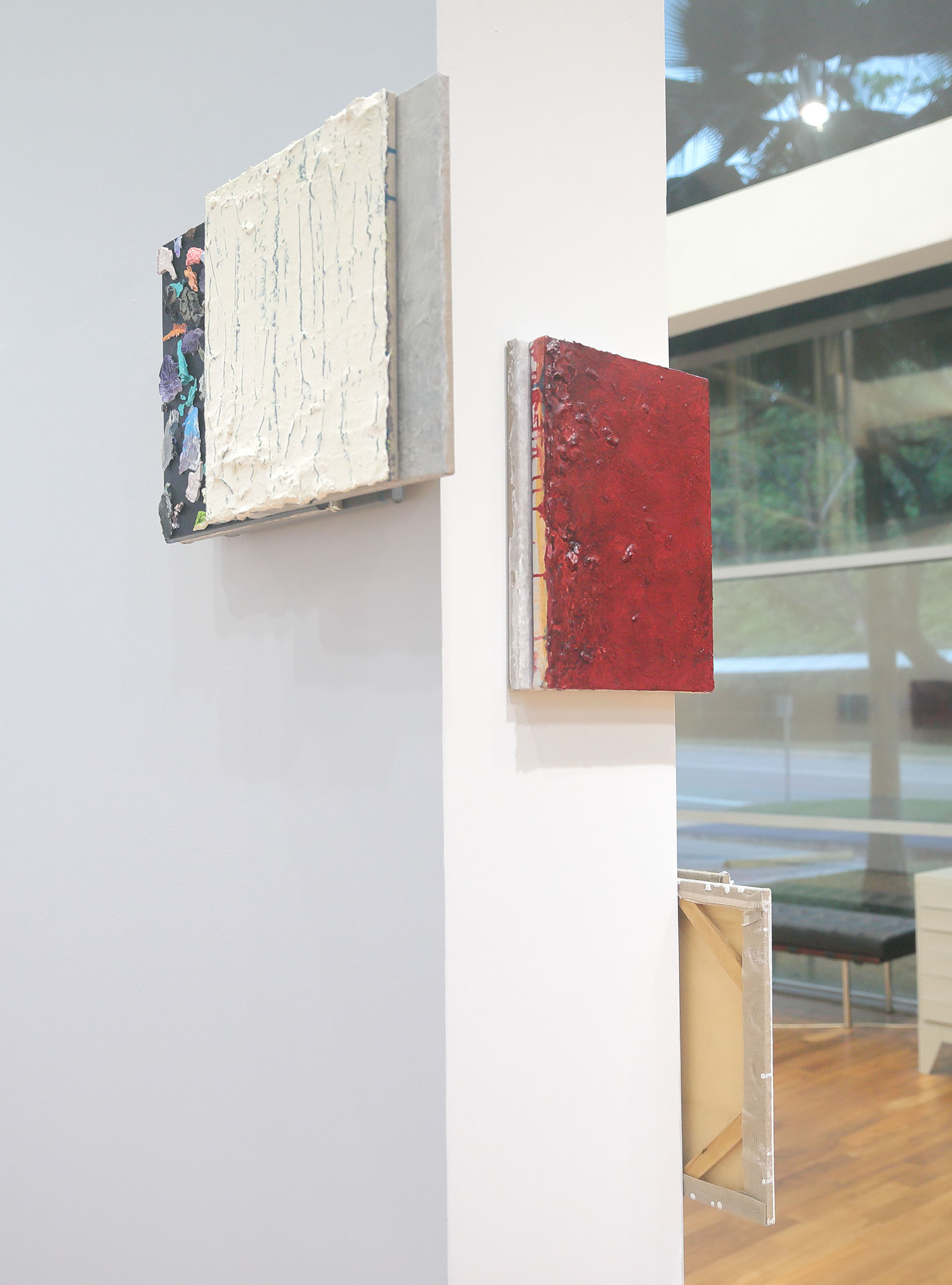
Plastic Remains (2015 – 2018)
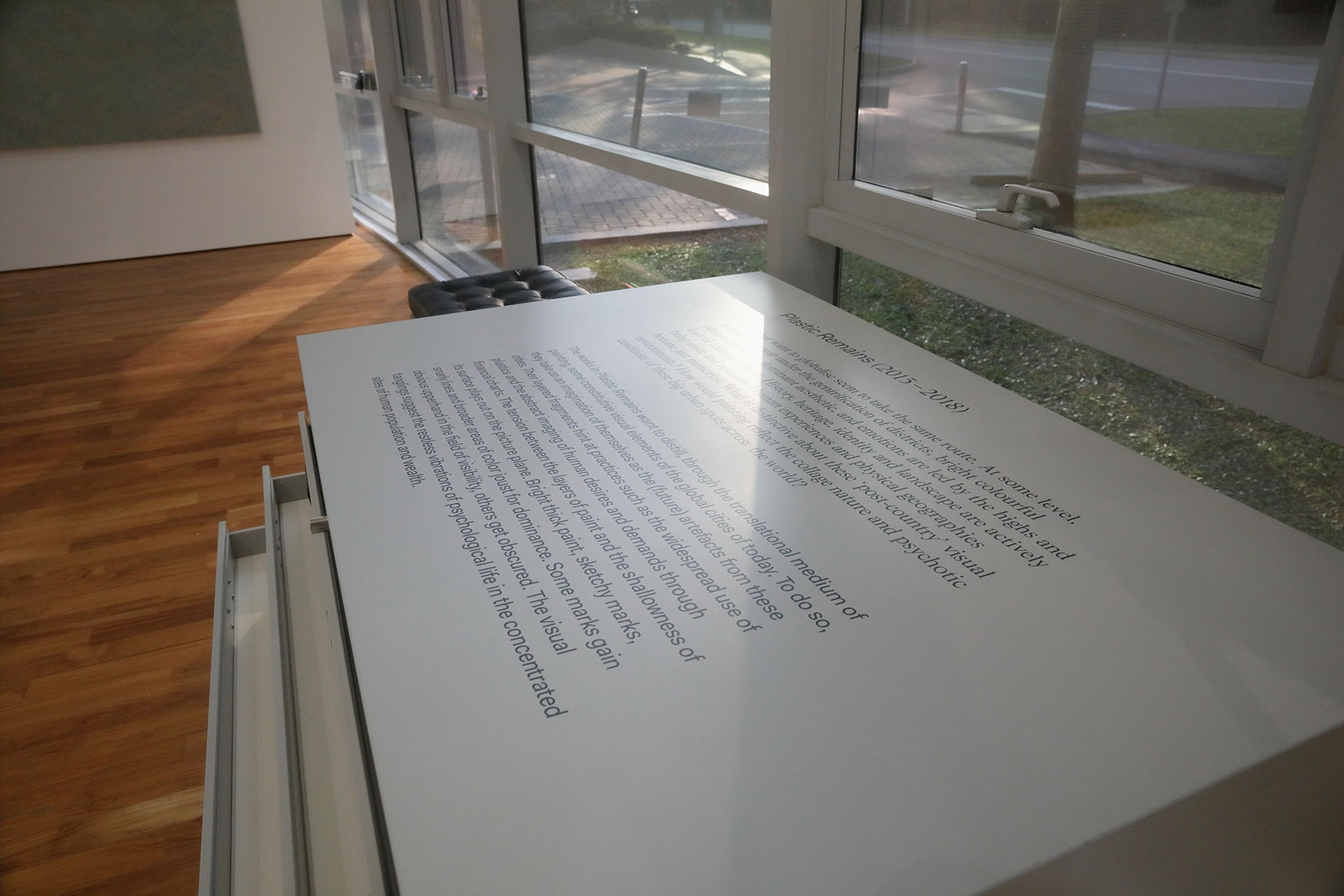
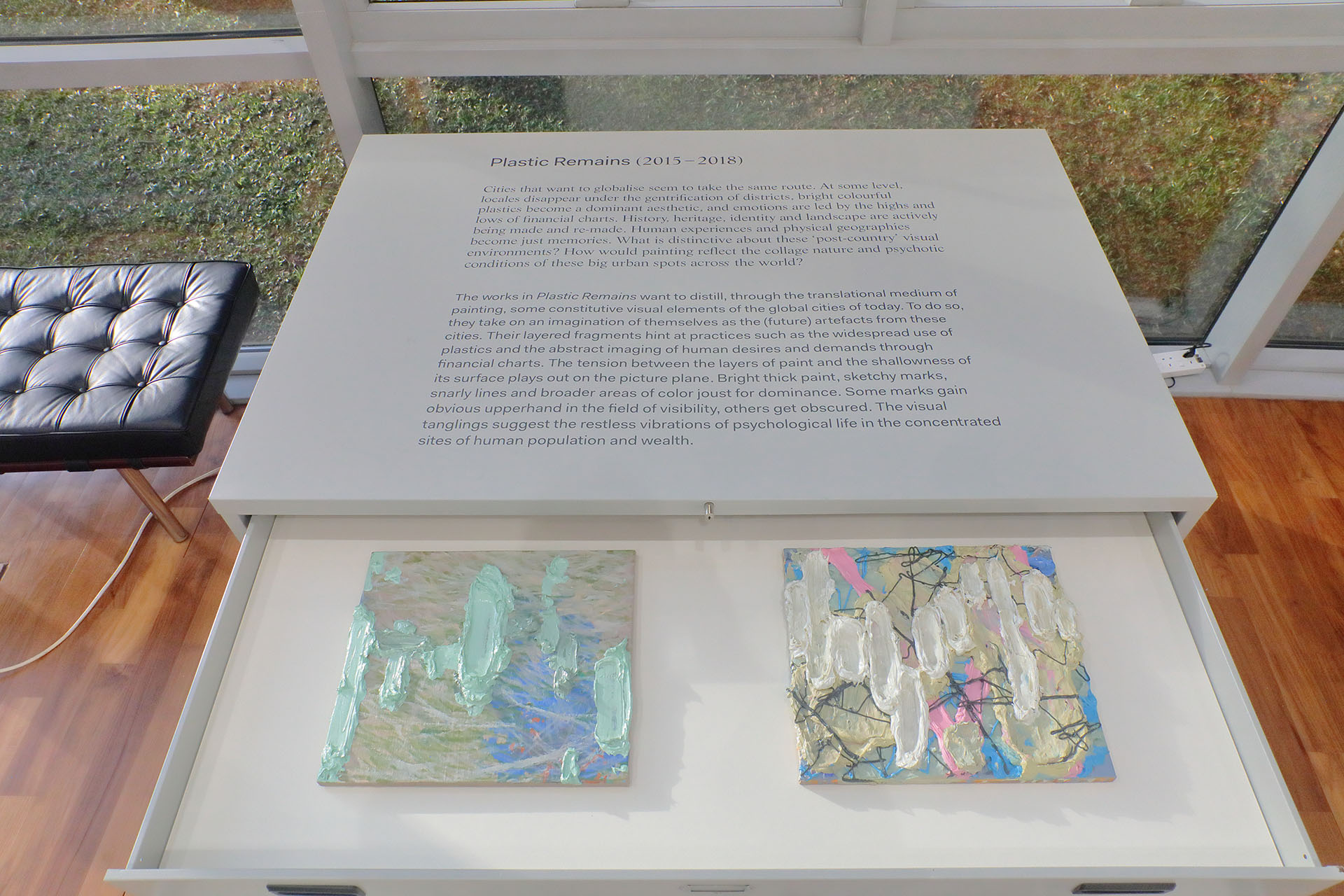
Fleeing Charts (2016 – 2018)
